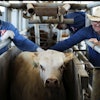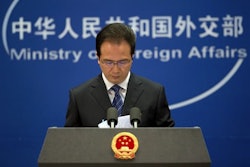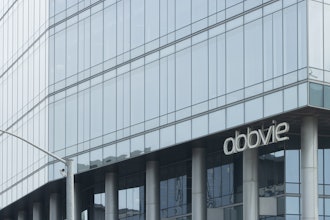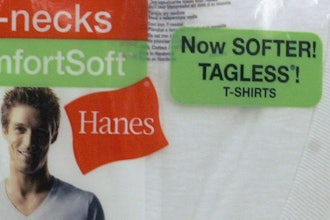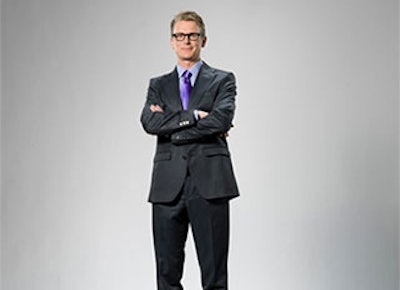
Food packaging as we know it is dead. The days of filling a simple cardboard box with pancake mix, cereal or any other food product are over. Getting a consumer to select a package off the shelf is more difficult than ever before and now must become the responsibility of marketing of course, but also R&D, Innovation, Operations and Senior Management. Yes, it’s your job now too!
As food manufacturers, we have to be aware of the radical changes in consumer needs and discuss them cross-functionally if we want success moving forward with food packaging. Let’s not let our businesses decompose in the landfill like so much of our past packaging because of ignorance or resistance to change.
Here are some simple tips to share with colleagues, discuss in meetings, or even hang on the wall to get things going.
5 Simple Insights for Food Manufacturers to Discuss and Create Change
- Understand that the consumer has become our Chief Packaging Officer. The food consumer as an e-vangelist will tell us how packaging can fulfill their personal and social needs. They are the boss and we need to listen to them via social media, blog postings and reviews. We will hear consumers expecting and wanting more from their food packaging. It isn’t about just protecting each cookie from store to pantry anymore. We must adapt our packaging to assure we protect, preserve, and transport, but also inspire, instruct, and educate. Before consumers pressure us, let’s become more transparent and instructive with packaging. They are our new CPO and they have great ideas about what they want and how packaging functions in their lives.
- Active and intelligent packaging is here to stay. It’s what has been called the 'selfie' movement in food packaging. Moving forward we will continue to see selfie innovation in food packaging including: Self-opening, self-closing, self-sealing, self-cleaning, self-dosing, self-regulating, self-heating. As we get lazier, packaging gets more active. It’s self-evident that we are going to have to evolve in every category in the grocery store. Unfortunately, we just can’t sit there and look pretty anymore. We have to do something.
- Packaging is now part of your brand. We will have to use our packaging as part of our brand story to appeal to a new set of consumers. Take soup, for example. Nearly three quarters of Millennials say they would choose soup packaged in a carton over a can. Millennials view brands packaged in a carton as healthier, fresher and easier to store and recycle. Of course this is all a fallacy, but it’s the reality. It is time to sit down and ask the question: What does our package say about our brand that might be detracting from purchase intent and appealing to a wider audience?
- Hybrid Structures. It works for cars, it works for packaging. As food packaging advances, we will continue to see the convergence of plastic and paperboard as well as the convergence of many other materials once thought to be incongruent. It will open thousands of possibilities. Certainly, food will be preserved longer, but hybrid structures will allow for multiple pieces of a package to be independently recycled. It’s possible that a single food product will have a plastic lid that can be recycled, a barrier film or paper lid that can be recycled, as well as a paperboard container that can be recycled. Just like the saying, 'Reduce, Reuse, Recycle.'
- One word: BioPlastics. This category of packaging has been around for decades. The initial technology set out to create plastics that were designed for biodegrading. The technology was slow to catch on. However, bioplastics have evolved and as we all try to reduce our carbon footprint, bioplastics and other solutions will simply become the way we think about packaging moving forward. No “old-school” plastics or Styrofoam will be produced—everything we make will strive to be renewable, compostable or otherwise. Yes, I sound like a tree-hugger and yes, my mom was a hippie, but we are the largest industry on the planet and we can facilitate real, meaningful change.
Chris Cornyn is president and founder of DINE, a division of Mattson.




